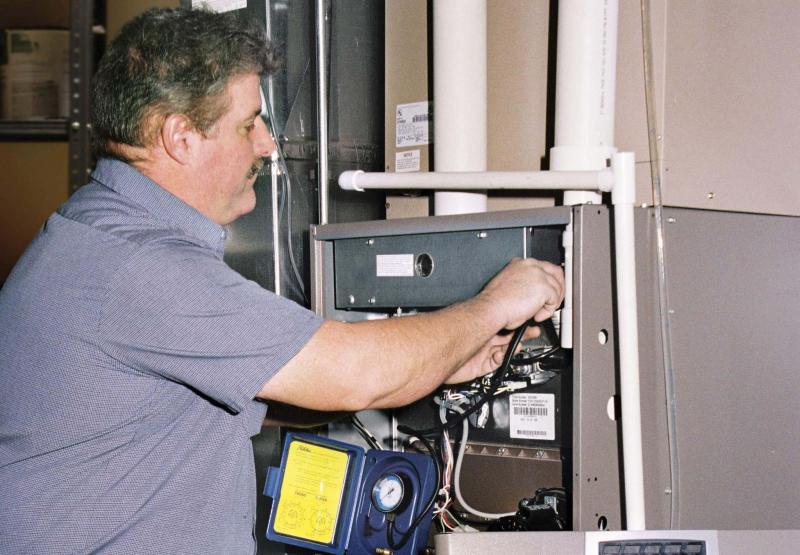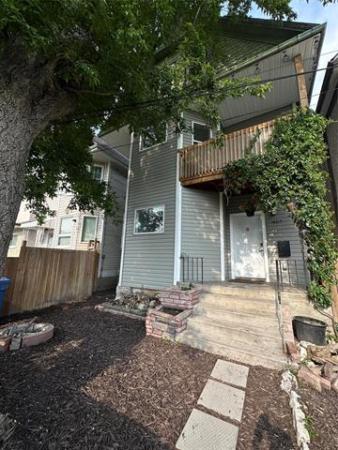Question: My house has drain tiles coming to the basement floor drain above the trap. My continuously running furnace pulls moist air from the drain in spite of a five-inch exterior air intake. Are there solutions to block this humid air intake? Thanks in advance, Don Friesen
Answer: Over the years I have received hundreds of questions on interesting house topics, and I often wonder about the source of some preconceived notions readers have. While high humidity in a home can be a serious concern, unsubstantiated theories should not lay blame in the wrong location to help solve a perceived problem.
Most older homes in our area are like yours, where the weeping tiles empty — if they are still working properly — into a catch basin above a trap, below the floor drain cover. You are correct that this area is often damp because of the moisture that flows through these drainage tubes, which are embedded in the soil around the home and below the floor slab. The issue I have with your concerns is whether this moisture is a problem for the indoor air in your home. It is very doubtful the amount of moisture from this source would be enough to cause any kind of serious relative humidity issue inside your home.
Unless you have a serious depressurization issue, which should be partially solved by your fresh air intake, it is highly improbable major amounts of moisture would be drawn up from this area. Even the water that should always be present in the trap below the weeping tile terminations will not be enough to raise relative humidity levels significantly. Unless you have a leaky foundation, or excessive condensation because of improper insulation, a disconnected dryer vent or constant hanging clothes drying, basement moisture should not be an issue.
The majority of moisture in the indoor air in a home comes from two main sources: the kitchen and bathrooms. In a typical kitchen, sink faucets, dishwashers and especially cooking on a stove produce far more moisture than anything in a normal basement. Bathroom showers and bathtubs are normally the main source of diluted water vapour in our indoor air, which is why exhaust fans are very important in these two rooms. I would suggest checking these areas for proper operation of ventilation equipment before worrying about a bit of damp air leaking into your basement from the catch basin.
Running your furnace fan continually should also be advantageous in preventing, rather than contributing to, moisture issues in your home. Stagnant or trapped air is more likely to cause condensation on cold surfaces, while air that is in constant motion will be drier, in general. Ensuring the vent hood for your fresh air intake duct is in good condition and free of debris should also help with your efforts.
The one reason you may actually want to seal your floor drain is to prevent soil gas intrusion, rather than moisture. Many homes in our area, with our problematic clay soils, have a problem with high radon levels. Radon is a naturally occurring radioactive gas that is caused by uranium below ground. This normally enters homes from the soil underneath their basement floor slabs. Since the weeping tiles are installed exactly in this area, they are often the main culprit when high levels of radon are discovered. Sealing the top of the catch basin with a high-quality membrane may help prevent one source of this dangerous gas from reaching our indoor air. While not likely necessary, this should also prevent damp air from penetrating the basement.
Sealing your catch basin to prevent radon intrusion can be as simple as securing a layer of polyethylene sheathing, or a heavy plastic garbage bag, under the floor drain cover. While this may work, it can also have another undesirable consequence. The floor drain is installed in our basement floor to drain water that may build up in this area. Whether that water is because of a small amount of spring seepage or major flooding from a burst water supply pipe or water heater, it needs to drain quickly for an important reason.
Covering the floor drain with plastic may prevent proper draining of harmful water that can seriously damage the building components in the home. A better solution is a local product called a Dranjer that incorporates a neoprene gasket and ball assembly that seals the drain to prevent air leakage while allowing the ball to float up and drain if excessive water is sitting on top. This serves an important dual purpose but would also be effective in combating your perceived moisture intrusion issue.
Being concerned with a high relative humidity issue in your home, and taking measures to prevent or remove excessive moisture from the indoor air, is being a prudent homeowner. Ensuring you are not wasting your efforts by mistaking blaming a damp basement catch basin will help stop the real source of the issue.
Ari Marantz is the owner of Trained Eye Home Inspection Ltd. and the past president of the Canadian Association of Home & Property Inspectors — Manitoba (cahpi.mb.ca). Questions can be emailed to the address below. Ari can be reached at 204-291-5358 or check out his website at trainedeye.ca.
trainedeye@iname.com




